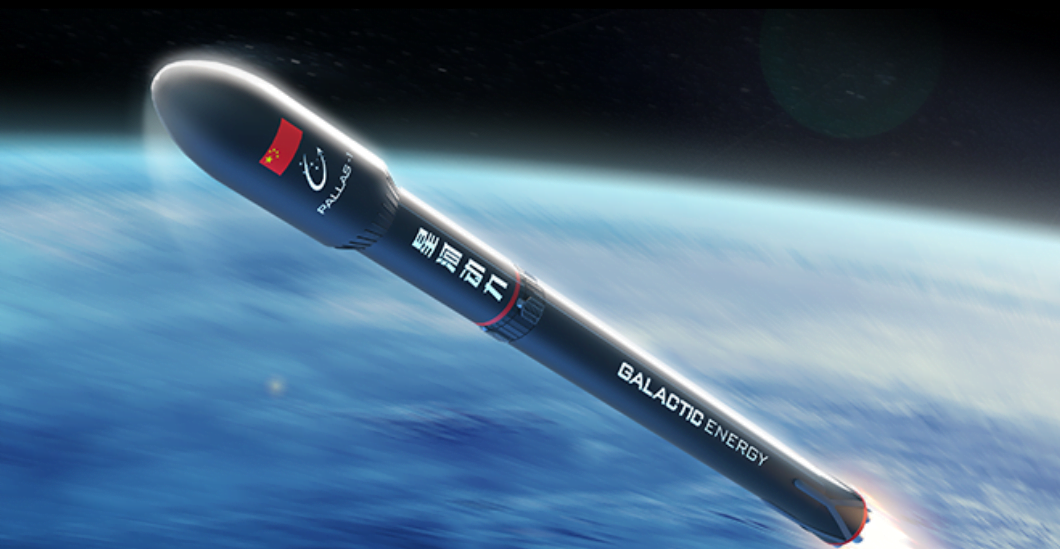Chinese Space startup Galactic Energy raised around $ 154 million for the development of its reusable rocket Pallas-1. The company has announced its intention to secure contracts for launching satellites as part of China’s national satellite internet mega constellation, known as Guowang. This ambitious project involves deploying nearly 13,000 satellites into Low Earth Orbit (LEO) and is viewed as China’s response to initiatives like SpaceX’s Starlink and other similar constellations.
On December 18, Galactic Energy revealed securing funding of 1.1 billion yuan ( 12.8 billion Indian rupees ) through C and C+ rounds. This substantial investment is earmarked for advancing research and development in reusable launch vehicle technology, specifically for the Pallas-1 medium-lift rocket, and supporting infrastructure.
Pallas-1 is a liquid-fueled launcher measuring 42 meters in length, designed to use kerosene and liquid oxygen. It is projected to have a payload capacity of 5,000 kg for low Earth orbit (LEO) or 3,000 kg for a 700 km sun-synchronous orbit (SSO). The first stage will be propelled by seven Cangqiong (Welkin) gas generator engines.
| Launcher Model | Pallas-1 |
| Length | 42 meters |
| Propellants | Kerosene and Liquid Oxygen |
| Payload Capacity | 5,000 kg to Low Earth Orbit (LEO)- 3,000 kg to 700 km Sun-Synchronous Orbit (SSO) |
| First Stage Engines | Seven Cangqiong (Welkin) Gas Generator Engines |
This Chinese startup is in the process of developing a triple-core version of the Pallas-1. This upgraded launcher is expected to have an impressive payload capacity, lifting up to 14,000 kg to Low Earth Orbit (LEO). The company aims to launch this variant as early as 2026.
Galactic Energy
The full name of Galactic Energy is Beijing Xinghe Dongli Space Technology Co. Ltd. was founded in 2018. The company has achieved success with its effective launch operations, solidifying its position as a leader in the field.
Read also China Launched Spy Optical Satellite Yaogan-41
Read also Iran’s Ambitious Plan: Iran’s Human Space Mission Set for 2029


